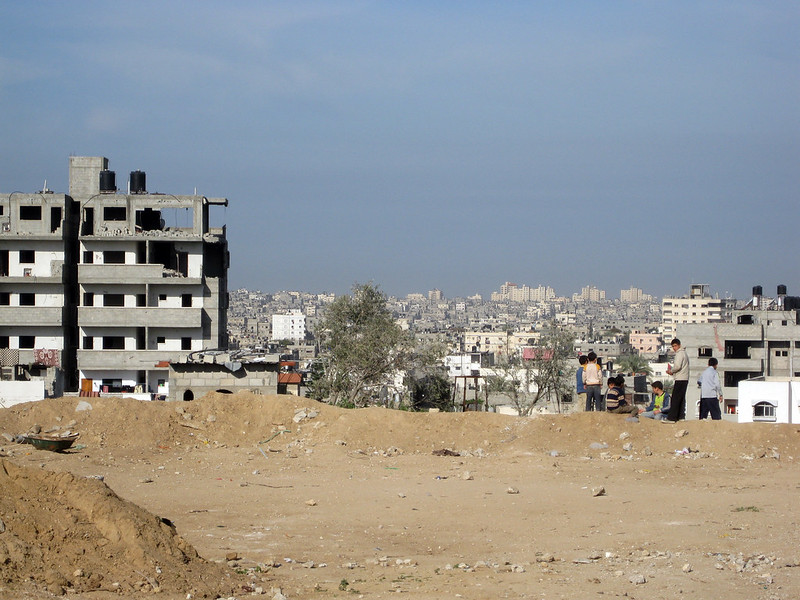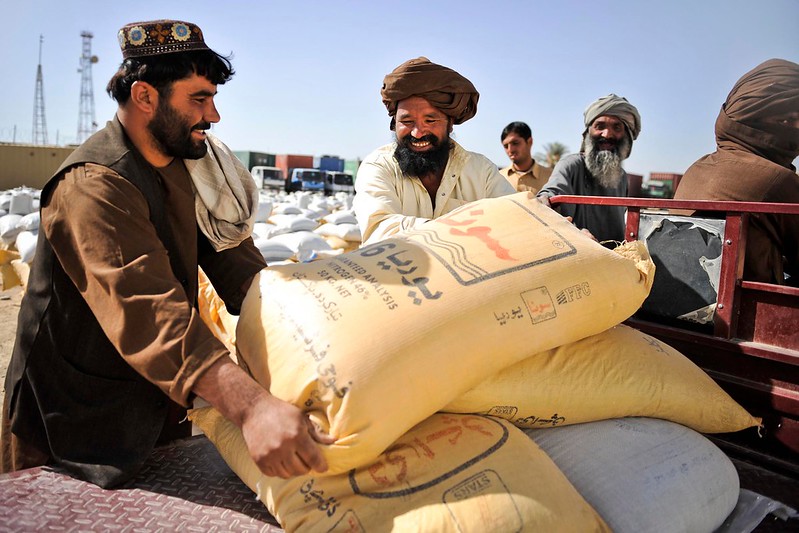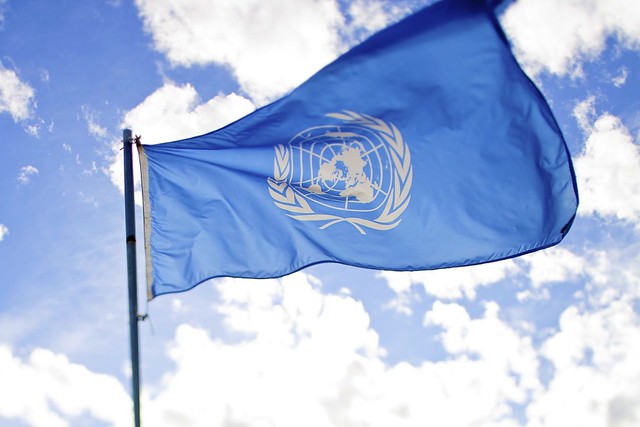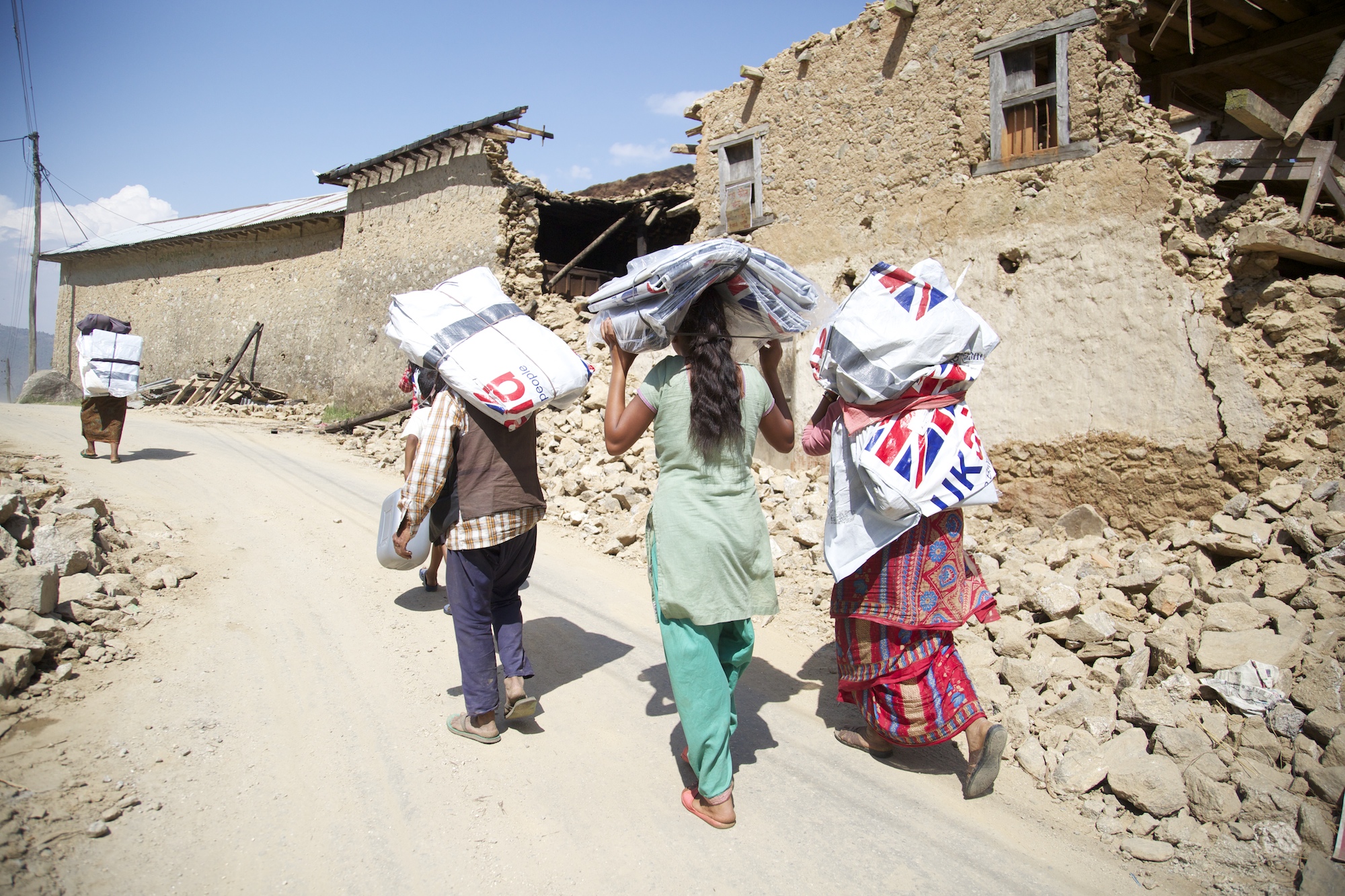Ideas to action: independent research for global prosperity
Humanitarian Assistance
More from the Series
Blog Post
October 07, 2019
At the 74th UN General Assembly meetings, Jeremy Konyndyk and I held a high-level side event at the Rockefeller Foundation headquarters focused on a vital but inadequately addressed aspect of the humanitarian system and humanitarian reform in particular: who has power, who lacks power, and how to ch...
Blog Post
August 19, 2019
Criminalizing humanitarian aid to refugees and migrants has not only failed, it is also causing unnecessary deaths and suffering. The recent agreement last month by 14 EU member states to a new “solidarity mechanism” to allocate migrants and refugees rescued at sea is a welcome developme...








